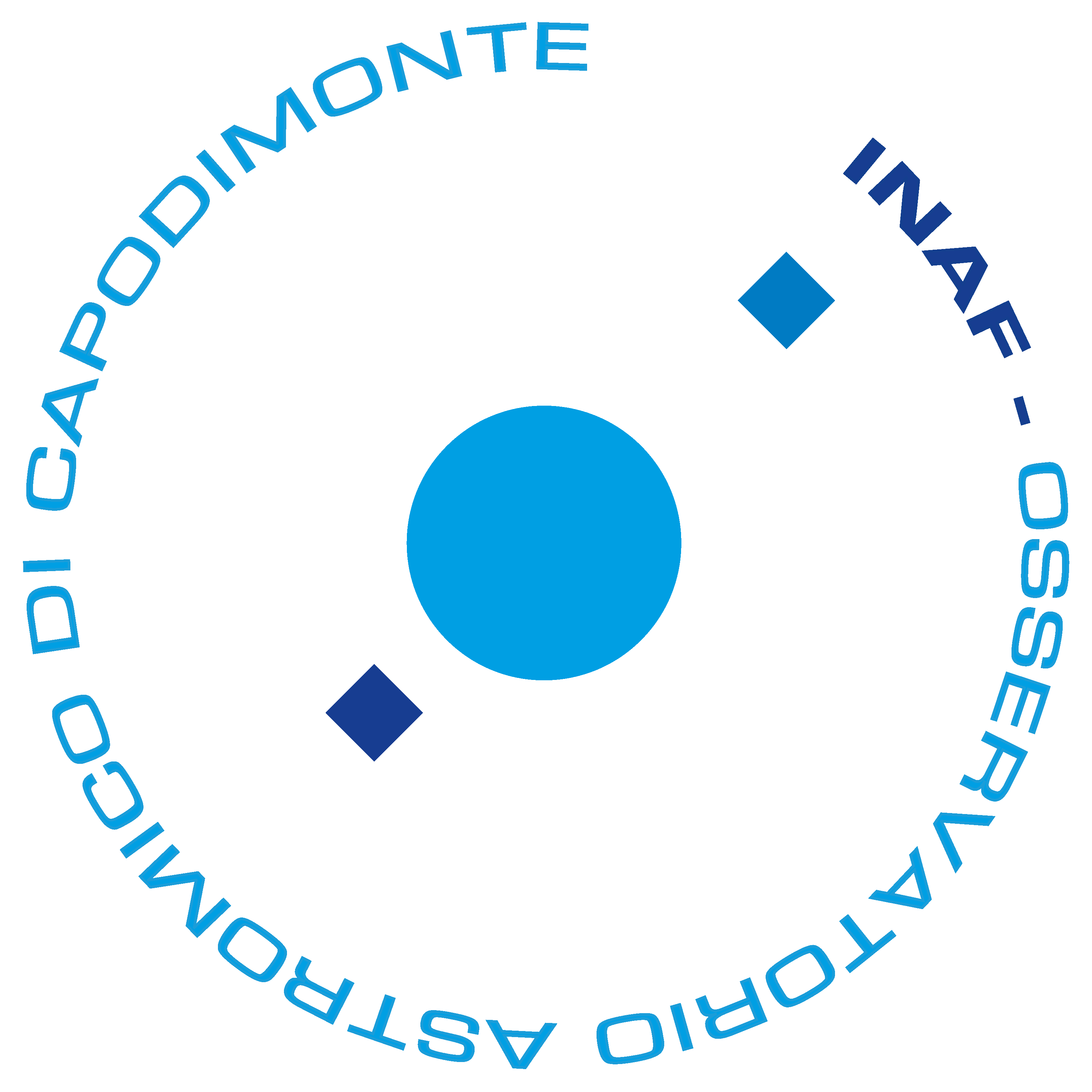Marco Vicedomini (2020)
Abstract
Astronomy has entered the big data era and Machine Learning based methods have found widespread use in a large variety of astronomical applications. The exploitation of present and future synoptic (multiband and multi-epoch) surveys, like LSST, requires an extensive use of automatic methods for data processing and data interpretation. With data volumes already in the terabyte and petabyte domain, the discrimination of time-critical information has already exceeded the capabilities of human operators and also crowds of citizen scientists cannot match the task. This thesis is focused on an analysis of several critical aspects related to the approach, based on Machine Learning and parameter space optimization, to variable and transient sky sources classification, with special care to the various types of Supernovae, one of the most important subjects of Time Domain Astronomy, due to their fundamental role in Cosmology. The work is based on a test campaign, with incremental complexity, carried out to first classify the various astrophysical transients present in the LSST simulation catalogue (PLAsTiCC dataset) and subsequently the various types of Supernova. Another simulation catalogue (SNPhotCC) has been also explored to fine tune a specific time series classification model (LSTM), recently introduced in literature. The classification was carried out by comparing the performances among several Machine Learning algorithms (LSTM, Random Forest, Nadam, RMSProp, Adadelta), either on light curve data and their statistical parameters. The analysis of results makes in evidence some critical aspects related to the data quality and their parameter space characterization, propaedeutic to the preparation of processing machinery for the real data exploitation in the incoming decade.
Relatori:
- Longo Giuseppe – Università degli studi di Napoli Federico II
- Brescia Massimo – Università degli studi di Napoli Federico II
- Cavuoti Stefano – INAF OACN

